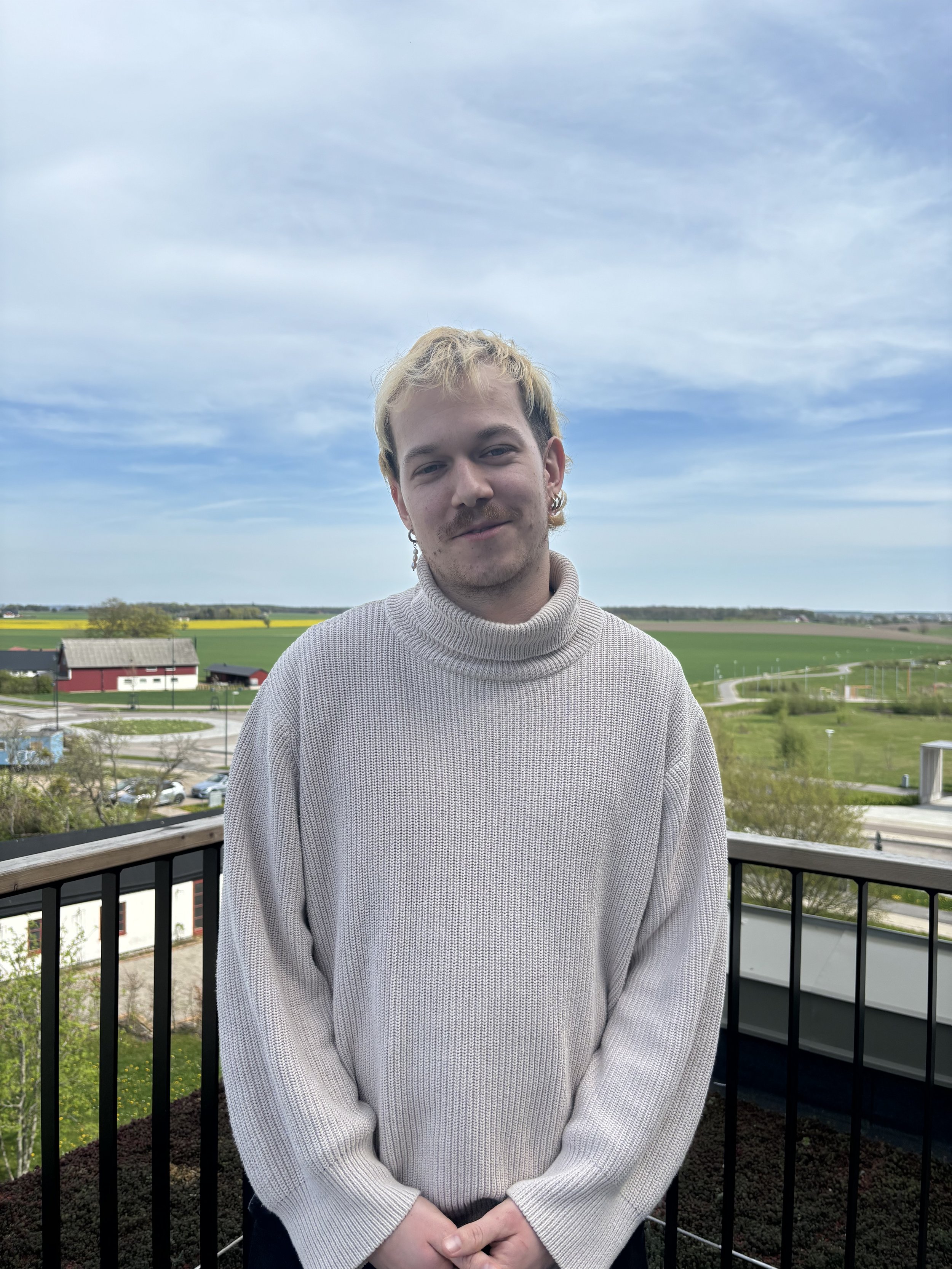More postdoctoral researchers start in AMBER!
We are delighted to welcome Ferdinand Fandrei and Xiaojuan Zhang as postdocs in the AMBER programme. They are both placed at Lund University, Ferdinand at Physical Chemistry at the faculty of Engineering, LTH, and Xiaojuan at Membrane Protein Structural Biology at the Medical faculty.
Xiaojuan Zhang is postdoctoral researcher at Membrane Protein Structural at Lund University.
Xiaojuan Zhang was attracted to the AMBER programme because of its interdisciplinary approach and its strong emphasis on encouraging postdoctoral researchers to build collaborative networks.
– I believe this approach is important, as it enables the exploration of hypotheses from multiple perspectives and helps overcome the limitations of relying on a single technology or field. Additionally, participating in the AMBER programme would be a great opportunity for me to further develop my skills in structural biology, says Xiaojuan Zhang.
Ferdinand Fandrei commends that AMBER funds research for three as opposed to two years.
– What was great with the AMBER recruitment process was that I was also able to demonstrate my grant writing skills, which is a necessary skill for a future academic career. As the evaluation process seemed to be fairer and more transparent compared to other Fellowships I decided to give it a shot.
For her postdoctoral project, Xiaojuan Zhang will develop activators and inhibitors of ion channels, with a particular focus on Kv7 channels—a subtype of potassium channels implicated in various severe neurological disorders, including epilepsy, sleep disorders, and autism.
– This research will employ electrophysiological techniques and cryo-electron microscopy (cryo-EM) to investigate the structural and functional properties of Kv7 channels and further find specific and efficient modulators, says Xiaojuan Zhang.
Ferdinand Fandrei is a postdoctoral researcher at Physical Chemistry at Lund University.
Ferdinand Fandrei’s goal is to experimentally proof and characterize the hypothetical process of membrane-induced liquid-liquid phase separation of cellular proteins. These proteins form liquid-like droplets in the cells, which are relevant for their physiological function and at the same time can act as a nucleation site for protein aggregation. These aggregates are associated to diseases like Parkinson, Alzheimer or ALS. This droplet formation of liquid like proteins can be induced by the presence of lipid membranes and these droplets or condensates can also interact with the membrane.
– Characterizing this process can contribute to a better understanding of the physiological function of a big variety of proteins as well as the origin of the pathological aggregates, says Ferdinand Fandrei.
For Ferdinand it is important that his research has a positive impact on people around him and on humanity in general; ideally having fun at the same time.
– Recent political events has catalyzed me to become more political to protect and stand up for our democratic values and an open inclusive and fair society.
Ferdinand’s background
Ferdinand studied pharmacy as a combination of physics, chemistry and biology and subsequently obtained a PhD in biophysics, studying lipid models of human skin using solid-state NMR to contribute to a better understanding of skin diseases and transdermal drug delivery. He has also worked as a lecturer and given private seminars in pharmaceutical technology and biopharmacy
Xiaojuan’s background
Xiaojuan studied LRRK2, a protein related to Parkinson’s disease, which has been shown to exhibit increased kinase activity and reduced GTP hydrolysis in patients with the condition. Her research utilized X-ray crystallography, negative-stain electron microscopy, mass photometry, and various biochemical techniques to investigate the conformational dynamics of LRRK2 during its activation process. She also explored allosteric mechanisms to target the dimerization of LRRK2, aiming to modulate its kinase activity and downstream signaling pathways.
Read more about the AMBER programme
Read more about the postdoctoral researchers hired in AMBER


